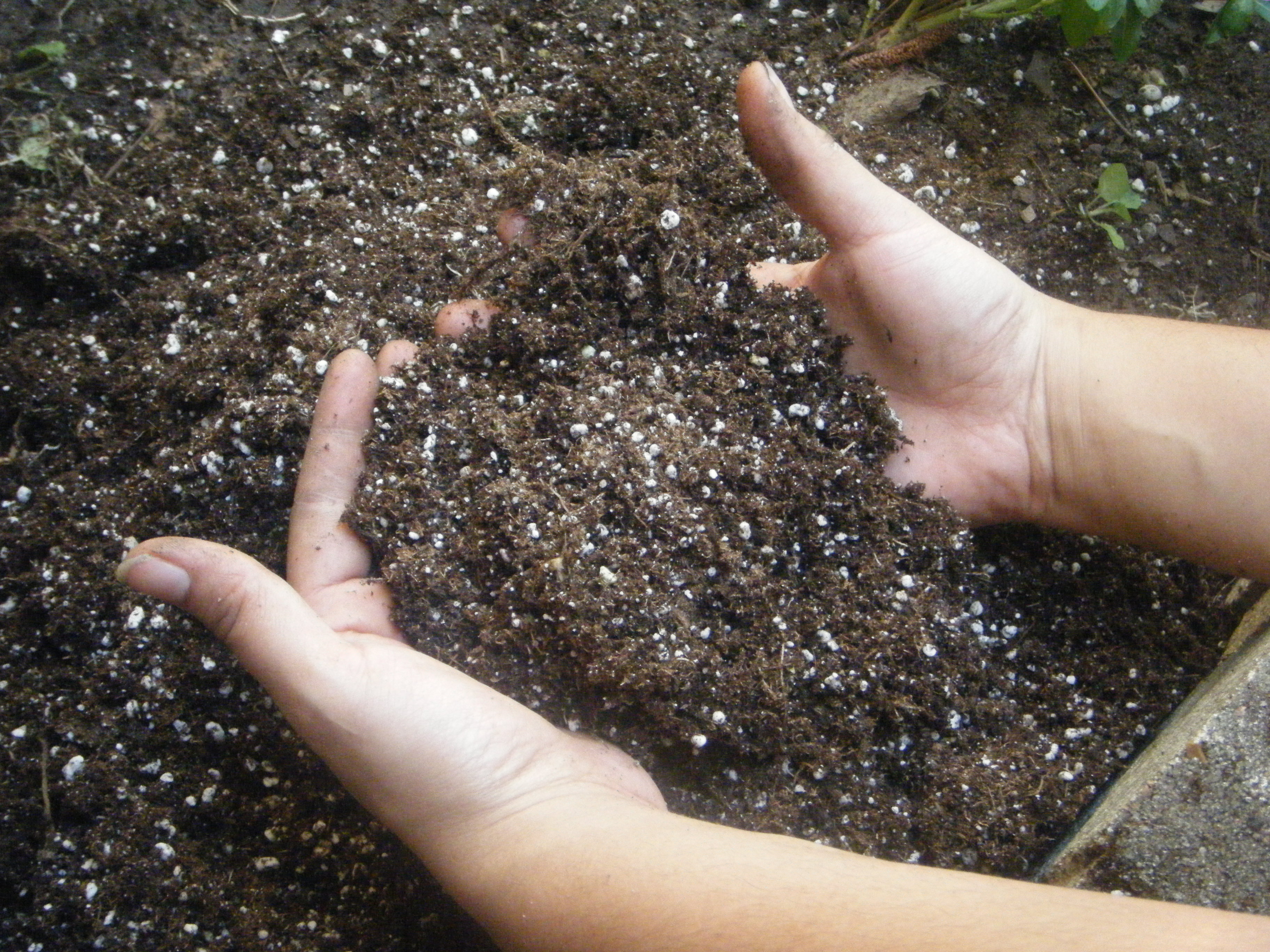
This week I learned that the Rio Grande river starts in Colorado, goes through New Mexico, and then becomes the border between Texas and Mexico. Another thing is that the source is in Colorado and the mouth is the Gulf of Mexico. Also there are more than one Rio Grande one in Brazil and one in Mexico. The Rio Grande has some river qualities such as a meander (bend in a river). One more thing is that the Rio grande has about two or three meanders.
SP8: Obtain, evaluate and communicate information
Science cannot advance if scientists are unable to communicate their findings clearly and persuasively or learn about the findings of others. A major practice of science is thus to communicate ideas and the results of inquiry—orally; in writing; with the use of tables, diagrams, graphs and equations; and by engaging in extended discussions with peers. Science requires the ability to derive meaning from scientific texts such as papers, the internet, symposia, or lectures to evaluate the scientific validity of the information thus acquired and to integrate that information into proposed explanations.
Did you research something, used the CITE-IT strategy and then “told” the class about it?
OR
Did you present something to the class?
In class me and my group researched information about the Rio Grande river for a project.



